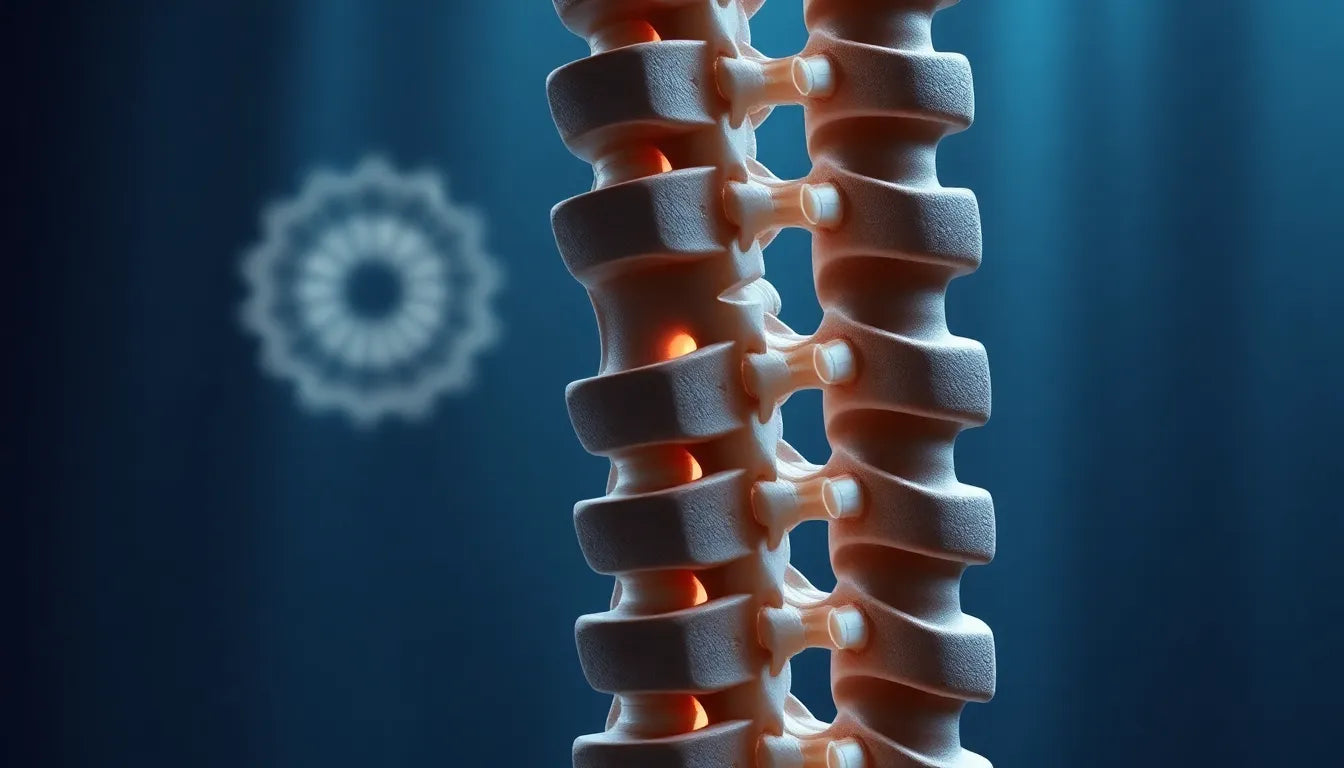Picture yourself in a kitchen where every tool and surface is perfectly aligned with your needs, reducing strain and increasing efficiency. This is the promise of ergonomic kitchen design. In today’s fast-paced world, the kitchen is not just a place for cooking; it’s a hub of activity where efficiency and comfort are paramount. This is where the concept of ergonomics in the kitchen comes into play, transforming your culinary space into a haven of practicality and ease.
understanding kitchen ergonomics
Kitchen ergonomics involves the strategic design and arrangement of kitchen spaces and tools to optimize efficiency, safety, and comfort. It’s about creating an environment that reduces physical strain, minimizes injury risk, and enhances workflow. Imagine a kitchen where the countertops are at the perfect height for your posture, the appliances are within easy reach, and the workspace is designed to move seamlessly from one task to another. This is the essence of ergonomic design.
The benefits of kitchen ergonomics are manifold. By reducing the physical strain on your body, you can enjoy cooking without the aches and pains that often accompany long hours in the kitchen. Moreover, an ergonomic setup minimizes the risk of injuries, such as strains or repetitive stress injuries, by promoting natural body movements and reducing awkward postures. Ultimately, this leads to an enhanced workflow, where tasks are completed more efficiently and with greater ease.
relevance to various audiences
Ergonomics in the kitchen is not just for homeowners; it’s a crucial consideration for kitchen designers and culinary professionals as well. For homeowners, incorporating ergonomic principles can transform daily cooking into a more enjoyable and less physically taxing experience. It allows for a kitchen that not only looks good but also feels good to work in.
For kitchen designers, understanding and implementing ergonomic principles is essential in creating spaces that cater to the diverse needs of clients, ensuring both functionality and comfort. Culinary professionals, who spend long hours in the kitchen, benefit significantly from ergonomic designs that enhance productivity and reduce the risk of occupational injuries. By focusing on both personal home cooking experiences and professional kitchen operations, the principles of ergonomics cater to a wide audience, making kitchens more user-friendly and efficient.
As you consider upgrading your kitchen, remember that integrating ergonomic design is not merely a trend but a necessity for a healthier, more efficient cooking environment. Whether you're a homeowner aiming to make meal prep more enjoyable, a designer crafting the perfect kitchen layout, or a professional chef seeking to enhance workplace comfort, embracing ergonomics can make a significant difference. In the following sections, we will delve deeper into the key elements of ergonomic kitchen design and how you can apply these principles to create your ideal cooking space.
key elements of ergonomic kitchen design
Transforming your kitchen into an ergonomic haven involves careful consideration of several key design elements. One of the most critical aspects is ensuring that the heights of surfaces and appliances are tailored to reduce strain and enhance comfort. Optimal countertop heights, typically ranging from 85-95 cm (33.5-37.5 inches), are crucial for maintaining a comfortable elbow angle during food preparation. This height ensures that your arms can rest naturally, minimizing the risk of wrist and shoulder strain.
Similarly, sinks should be positioned so that your hands can easily reach the bottom without excessive bending. This prevents back strain and allows for more comfortable dishwashing or food prep. Appliances such as ovens and dishwashers are best installed at chest height, reducing the need for repetitive bending and reaching, which can lead to fatigue and potential injury over time.
work zones and workflow optimization
Another fundamental element of ergonomic kitchen design is the creation of efficient work zones. A task-centric kitchen setup ensures that everything you need is within easy reach, minimizing unnecessary movement and enhancing safety. For example, storing oils and spices near the stove allows for quick access while cooking, and keeping knives near the prep area streamlines the workflow. This strategic arrangement not only improves efficiency but also reduces the risk of accidents caused by reaching across the kitchen for essential items.
Proper spacing between kitchen benches is also vital. Ideally, there should be a distance of 1050-1200 mm (41-47 inches) between benches to prevent cramped conditions while facilitating smooth movement. Excessive spacing, more than 1400 mm, can lead to inefficiencies, as it requires more steps to reach different areas of the kitchen.
tools and accessories for ergonomic comfort
Incorporating ergonomic tools and accessories can significantly enhance comfort in the kitchen. Anti-fatigue mats are a simple yet effective solution for reducing discomfort from prolonged standing, which is common during meal preparation. These mats provide cushioning and support, alleviating pressure on the feet and lower back.
Ergonomic utensils are another essential component, designed to minimize strain during repetitive tasks. These tools are often lightweight and feature handles that fit comfortably in the hand, reducing the effort required for chopping, stirring, or mixing.
the importance of ergonomics in commercial kitchens
While ergonomics is beneficial in home kitchens, it is even more critical in commercial settings where the stakes are higher. Poor ergonomic design in professional kitchens can lead to musculoskeletal disorders, absenteeism, and decreased morale among staff. In such environments, ergonomic design is crucial for maintaining staff productivity and ensuring safety.
By implementing ergonomic principles, commercial kitchens can improve operational efficiency and staff well-being. This not only enhances the quality of the culinary service but also fosters a healthier work environment, reducing the risk of occupational injuries and associated costs.
In conclusion, whether you are redesigning a home kitchen or optimizing a professional one, integrating ergonomic principles is essential for creating a space that prioritizes comfort, efficiency, and safety. By focusing on the key elements of surface heights, work zones, and ergonomic tools, you can transform any kitchen into a haven of practicality and ease.
emerging trends in kitchen ergonomics
As the importance of ergonomics in the kitchen continues to grow, several trends are emerging that focus on personalized and flexible design solutions. One notable trend is the movement towards individualized design, where adjustable or custom-height surfaces are becoming increasingly popular. This approach allows for a more tailored kitchen experience, accommodating the diverse needs of different users, whether they are tall, short, or have specific ergonomic requirements.
In addition to customizable surfaces, there is a growing emphasis on flexible layouts, particularly in multi-user kitchens. These layouts are designed to be adaptable, allowing multiple people to work simultaneously without interfering with each other's tasks. This flexibility not only enhances efficiency but also fosters a collaborative cooking environment, making the kitchen a more inclusive space for families and groups.
enhancing safety and efficiency in commercial kitchens
In commercial kitchens, the focus on ergonomic solutions is crucial for both staff well-being and operational efficiency. With the high-paced nature of professional cooking environments, injury prevention is a top priority. Ergonomic design elements, such as strategically placed workstations and equipment, help reduce the risk of musculoskeletal disorders and other work-related injuries.
By optimizing the layout and ensuring that tools and appliances are within easy reach, commercial kitchens can significantly enhance workflow and productivity. This not only improves the overall quality of service but also contributes to a healthier and more motivated workforce, ultimately benefiting the business as a whole.
opportunities for ergonomic product integration
Despite the growing awareness of ergonomic design, there remains a gap in the integration of ergonomic product recommendations with layout advice. This presents an opportunity for homeowners and designers to explore innovative products that complement ergonomic principles. For instance, incorporating ergonomic chairs, mats, and utensils alongside layout tips can provide a more comprehensive approach to kitchen design.
By selecting products that align with ergonomic standards, such as anti-fatigue mats and adjustable stools, individuals can further enhance comfort and efficiency in their kitchens. These products not only support physical well-being but also contribute to a more enjoyable cooking experience, making the kitchen a true ergonomic haven.
conclusion
Transforming your kitchen into an ergonomic haven is a worthwhile investment for both comfort and efficiency. By embracing the latest trends in individualized design and integrating ergonomic products, you can create a kitchen that caters to your unique needs and enhances your cooking experience. Whether you're a home cook or a professional chef, prioritizing ergonomics can lead to a healthier, more efficient, and enjoyable kitchen environment.
frequently asked questions
What is the ideal countertop height for an ergonomic kitchen?
The ideal countertop height is typically between 85-95 cm (33.5-37.5 inches), which allows for a comfortable elbow angle during food preparation.
How can I reduce strain while working in the kitchen?
To reduce strain, use anti-fatigue mats, organize tools and supplies within easy reach, and ensure appliances are installed at chest height to minimize bending.
Why is ergonomics important in commercial kitchens?
Ergonomics in commercial kitchens helps prevent musculoskeletal disorders, reduces absenteeism, and enhances staff productivity and morale, leading to a more efficient and safer working environment.
What are task-centric kitchen setups?
Task-centric setups involve organizing kitchen areas and tools based on specific tasks, ensuring that necessary items are within reach to streamline workflow and improve safety.
Are there ergonomic solutions for smaller kitchens?
Yes, even small kitchens can benefit from ergonomic principles by optimizing layout, using space-saving tools, and ensuring efficient workflow to maximize comfort and efficiency.
Sources
- Cyncly. "Design principles for ergonomics in kitchen spaces."
- Naked Kitchens. "Making kitchen tasks easier for homeowners."
- BLANCO. "Ergonomics at specific stations like ovens and sinks."
- Tumeke. "Ergonomics for culinary professionals."
- Chefs Deal. "Impact on well-being and operational efficiency."
- Houzz AU. "Specific design tips for home kitchen ergonomics."
- Chef Sac. "Task-centric kitchen setups for safety and minimal wasted movement."


















